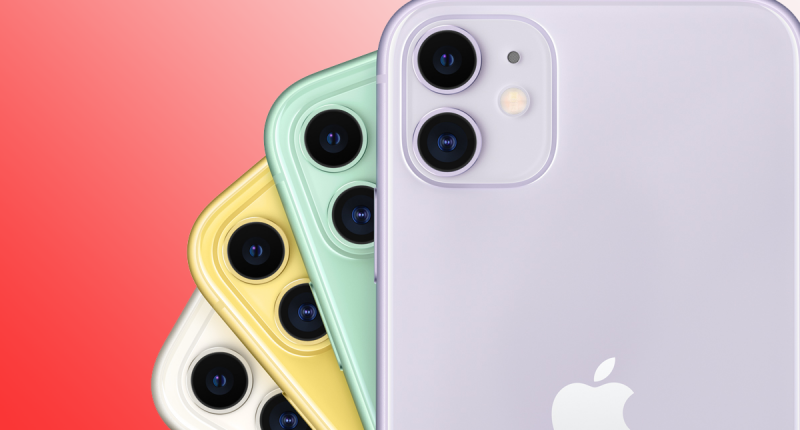Like the PC market, the global smartphone market fared well in 2021 to clock a year-over-year growth of 7%, according to latest numbers from Canalys. While it may not seem much, the fact that it is reaching pre-COVID-19 levels after such a long time is a reassuring one. Q4 2021 saw 363 million smartphones being shipped, while 1.35 billion smartphones were shipped during the course of the entire year.
This is close to the levels 2019 had reached – 1.37 billion – before the pandemic came in full force and ensured nationwide lockdowns in March 2020.
This journey has not been a smooth one for the smartphone industry – factors such as the chip shortage, supply chain disruptions, and the wide gap between demand and supply have made it hard for the industry to make a comeback.
According to Canalys analyst Sanyam Chaurasia, growth was primarily driven by the vast mass market, especially in the Asia Pacific, the Middle East, Latin America, and Africa. This segment also bore the brunt of the component shortage. However, not all news is gloomy as the supply imbalance is set to ease gradually, as production is scaled up and the price of G chipsets come down.
Apple’s iPhone 13 was one of the devices that drove the recovery of the smartphone market last year, but it failed to displace Samsung from the top when it came to overall performance in 2021. While the South Korea-based Samsung had its own share of supply and production issues, it focussed on driving profitability (especially through its high-end portfolio). Helped by the performance of the Galaxy S and Z phone line-ups, Samsung shipped out nearly 275 million smartphones in 2021. Its foldable smartphone portfolio has met the expectations of eight million shipments in a year as well.
Apple did top the charts when it came to performance in the winter quarter – it shipped 82.7 million units and grew by 1% annually to have a market share of 23%. Samsung came next, growing 14% year-over-year to ship 70.5 million units with a 19% market share. Xiaomi takes third place, shipping 45.4 million units and growing by 5% to have 13% of the market. OPPO and Vivo completed the top five, shipping 33.9 million and 28.5 million units and having market shares of 9% and 8% respectively. Other vendors shipped 102.1 million units and had a market share of 28% in Q4 2021.
Coming to their performance in 2021, Samsung comes first and commands a market share of 20%, an annual growth of 7%. It is followed by Apple, which shipped 230.1 million units, grew by 11%, and had a market share of 17%. Xiaomi is next, clocking the maximum growth (28%) in the top five, and shipped 191.2 million units with a market share of 14%.
OPPO and Vivo carried the rear, shipping 145.1 million units and 129.9 million units respectively. While OPPO grew by 22% to have 11% of the market, Vivo grew by 15% to have a 10% market share. Other vendors shipped 279.4 million units, fell by 10%, and had a market share of 28%.
The Tech Portal is published by Blue Box Media Private Limited. Our investors have no influence over our reporting. Read our full Ownership and Funding Disclosure →






